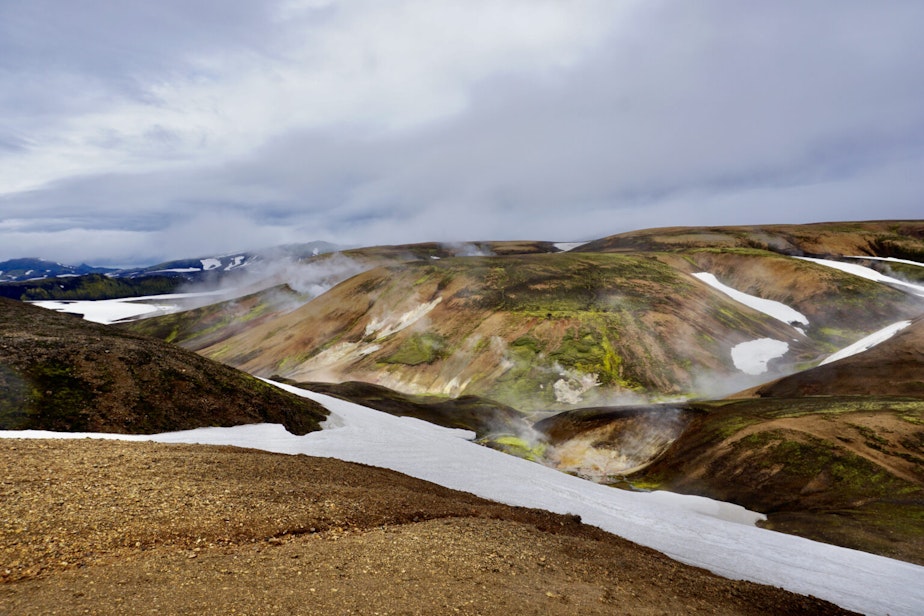The Abstract: A song of fire and ice cores

Can fertilizer be sustainably made without fossil fuels? How have volcanos changed our atmosphere? We look at two recent studies about emissions today and throughout the past.
Each year, 185 million tons of artificial fertilizer is made.
The key ingredient in artificial fertilizer — which helps farmers grow more, faster — is ammonia. Right now, ammonia is produced through two processes that involve coal and natural gas — meaning the industry is a large producer of emissions. Around 2% of global greenhouse gas emissions come from the process of making artificial fertilizer.
But changing that is difficult.
"If you look at your dinner table and what you eat tonight, about 40% of what you eat would disappear if we did not have artificial ammonia and artificial fertilizer," said Peter Pfromm, a professor of chemical engineering at Washington State University.
Researchers at WSU recently published a study on the cost effectiveness of a potential alternative method for producing ammonia: electrolysis. It’s all about finding better sources for the atoms that make up an ammonia molecule — which, if you don’t remember from chemistry class, is made up of nitrogen and hydrogen atoms.
Sponsored
Electrolysis is an old method, but it hasn't been used at a scale that's affordable and practical for farmers.
"Right now, we get [hydrogen] either from natural gas, or if we use coal, we get it from water and burn a lot of coal on the way," Pfromm said. "We could get it from water by splitting the molecule of H20 into hydrogen and oxygen using renewable electricity so that we move away from having a large part of our food based on natural gas, and move towards renewable electricity to make the food."
Pfromm found that the growing availability of renewable energy can make sustainable artificial fertilizer cheaper, with less of the volatility tied to natural gas prices.
"Ammonia sells for $400 to $600 a ton," Pfromm said. "If the energy costs are in the $200 per ton range, that makes it economically very attractive."
You can read more on fertilizer and WSU's findings here.
Sponsored
A large body of engineering and science is dedicated to understanding the effects of greenhouse gas emissions on the atmosphere. But to understand the human impact of emissions, known as "anthropogenic change," scientists need to work from a baseline. Measuring the atmosphere in the past is still an evolving field.
Recently, researchers at the University of Washington used ice cores to get a better idea of what the atmosphere was like before the industrial revolution, when humans really began to emit.
What they found is that volcanoes have actually been belching more sulfate into the air than previously known, which actually has a cooling effect.
"We concluded that a lot of the volcanic sulfate that's higher than we thought is coming from passive volcanic degassing," said Ursula Jongebloed, from the Department of Atmospheric Sciences at the University of Washington.
"When we're trying to understand their effect on the environment, we're mostly trying to understand how much they have offset the warming caused by carbon dioxide and other greenhouse gases."
Sponsored
Jongebloed, who led the study, emphasized that human causes of pollution are still bad for human health. She said she is hopeful the ice-core study can help set a baseline for just how much of an impact humans have had in terms of emissions.
"The Arctic is warming at a rate of about four times as much as the rest of the globe," said Becky Alexander, professor in the Department of Atmospheric Sciences at the University of Washington. "And part of that enhanced warming has been attributed to that decline, and sulfate aerosol since the 1970s."
You can read more on their findings here.
You can listen to the full episode by clicking the "play" button on the audio above.





